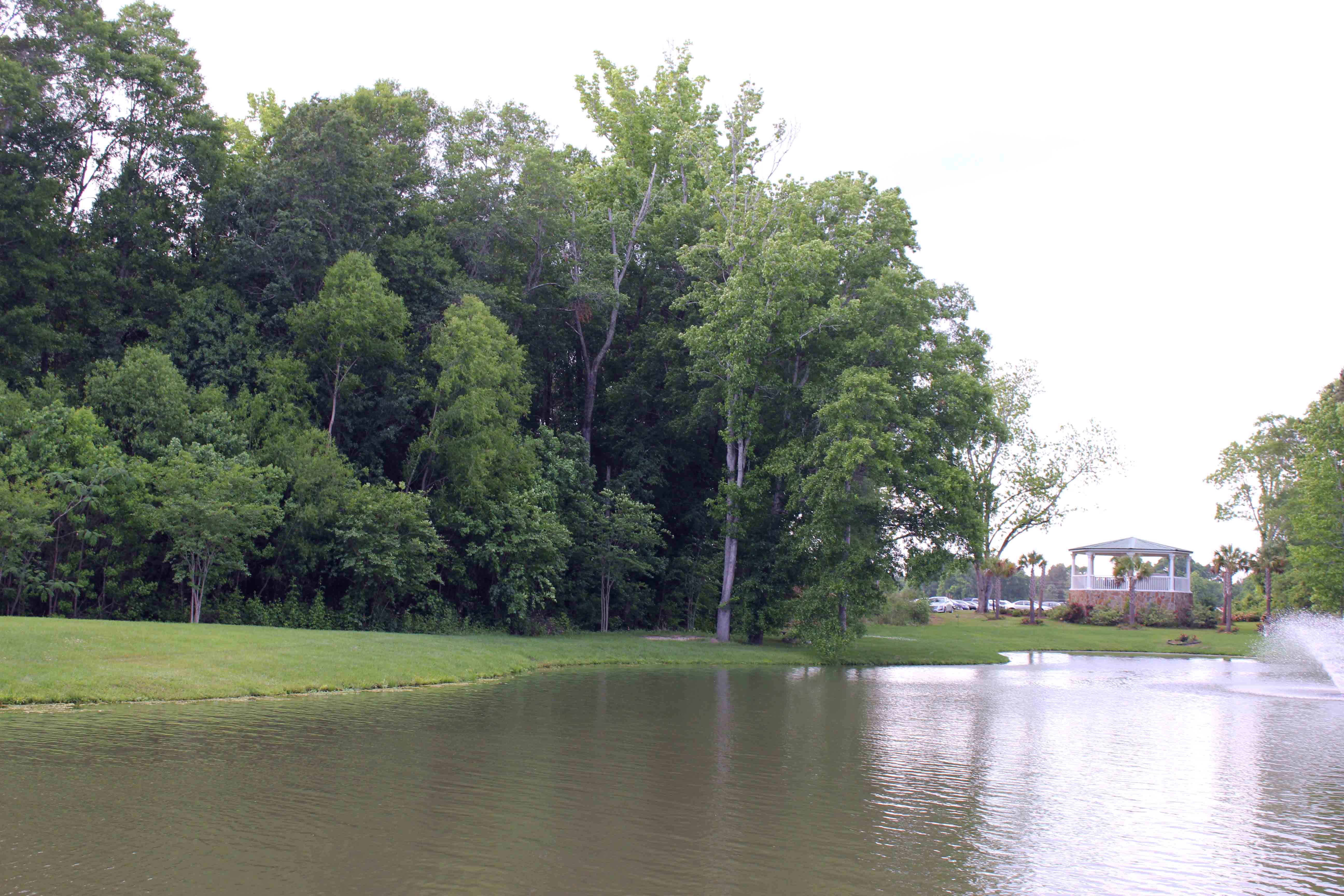Hiking Trails
Wildlife & Plants:
As you hike, you may see some of the animals, plants, and insects were chosen to be the state of Alabama state symbols. Some of these creatures or plants–such as poison ivy and snake should be avoided, but others–such as mockingbirds, zebra butterflies, and beautiful flowers–provide lovely sights and sounds along the Grandma Home House Retreat trail.
Many of Alabama’s animals and plants are protected under state laws. Do not interact with wildlife, and do not pick or disturb the Grandma Home House flowers, shrubs, fruit plants and fruit trees.
What to Look For:
Animals:
Squirrels and rabbits can often be seen along The Grandma Home House Retreat trails. Other animals–such as deer, hogs, foxes, and coyotes –may be shyer, but you may find their tracks as you hike. Keep your eyes and ears open for The Grandma Home House Retreat’s many species of birds. In addition to bird calls, you may also hear the distinctive sound of red-headed woodpeckers digging into trees in search of bugs to eat.
Plants:
Depending on the season, you will probably see wildflowers along the trail. Try making a game of identifying these plants as you walk. See our lists of common native wildflowers to aid your observation. The Atlas of Alabama Vascular Plants–another useful resource for plant identification–allows you to search for plants by type or by county.
Insects:
Look for butterflies. These colorful insects can often be found around The GHHR wildflowers.
What To Avoid:
In general, you should not approach any wildlife you may see on the trail. Besides being dangerous, animals that feel threatened may become aggressive and attack you.
Animals:
Raccoons and opossums may look cuddly, but these animals can be very fierce if approached. If you are camping, be sure to store food in locked containers and to dispose of trash properly. Central Alabama also has a number of venomous snakes. To avoid being bitten, do not approach or handle any snakes that you may see along the trail.
Plants:
Beware of poisonous plants such as poison ivy, oak, and sumac. The most common of these–poison ivy–is most often found at the edges of trails and paths and along old fences, and it also grows in deep woods.
All parts of these plants–leaves, stems, and roots–are poisonous at all times. You can even be poisoned indirectly if sap from the leaves or stems rubs onto your clothes or equipment. See Poisonous Plants for information about identifying these plants.
Insects:
Remember Alabama’s warm climate makes the state an ideal location for insect life. Until cooler winter weather sets in, you are likely to encounter mosquitoes, biting flies, and gnats (also called “no-see-ums”). Bring insect repellent with you to The GHHR as well as an anti-itch product in case you do get bitten.
To avoid picking up ticks along the GHHR trail, tuck your shirt into your pants and your pants into your boots. Wear tick repellent, and try not to sit down in bushy areas.
Do not disturb nests or hives. This will anger the insects and cause them to attack you. If you do disturb a nest of flying insects and are stung, run away to a safe distance, and then seek treatment. Standing still will only make them angrier and more aggressive.
Food & Water on the Trail:
It is important to drink plenty of water while hiking. Dehydration can reduce your ability to think clearly, make good decisions, and put you at risk. Bring water that you know is safe to drink. If you choose to drink water from streams or ponds along the trail, you must filter, boil, or chemically treat it first.
In sealed bags or containers, pack nonperishable items and food that does not need to be kept cold. Pick up after yourself as you hike. Opened food wrappers will attract animals, and trash spoils the environment for others.
Safety:
What to Bring:
In addition to your guidebooks, please pack the following:
- Map and a compass
- Water
- Food
- Bring more than you think you will need.
- Warm clothes and rain gear
- Even if the weather is hot, dress in layers and pack warm clothing and extra socks. Always pack rain gear, since Alabama weather is unpredictable.
- First-aid kit
- Be sure to include bandages, antiseptic, anti-itch medication, sunscreen, and sunburn ointment.
- Whistle
- The piercing sound of a whistle carries farther and takes less energy than shouting. Three blasts is the international call for help.
- Flashlight
- Before you set out on the trail, make sure that your flashlight works. Don’t forget to pack extra batteries and an extra bulb.
- Firestarter and waterproof matches
Bring more than you think you will need. Also, no building fires at The GHHR.
Before You Leave
Leave a travel plan with your family or friends. Include a copy of the route you plan to take and an estimate of when you expect to return.
On the Trail
To preserve the environment, try to make as little impact as possible. Take pictures, but do not remove anything from the trail. Do not leave trash on the trail.
If you get lost, do not panic. Use your map and compass to orient yourself, and use the whistle to call attention to yourself.
After the Hike
The GHHR trails also offer some excellent areas for biking, inline skating, horseback riding, canoeing or kayaking, camping, and other activities.

RESERVE NOW!
